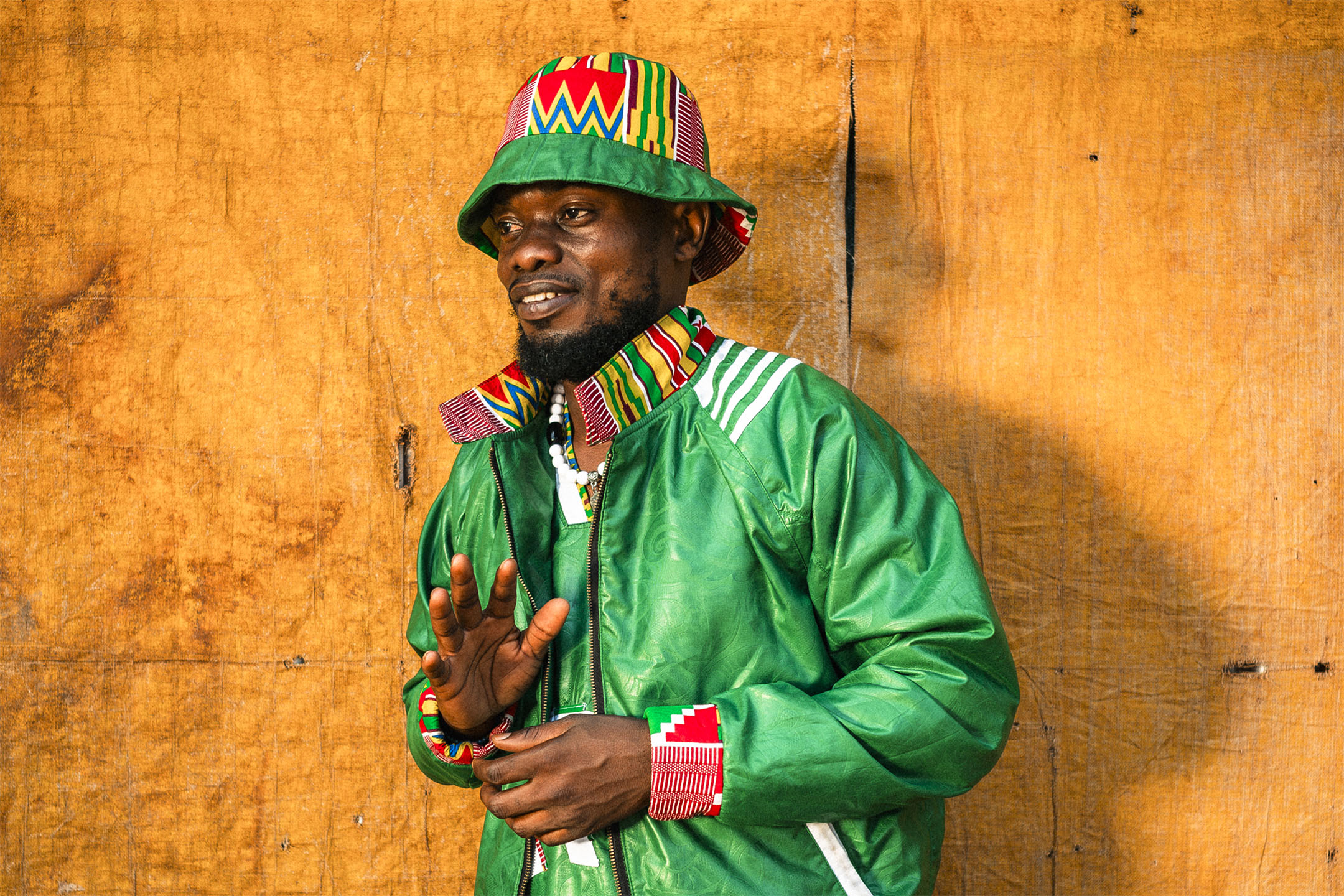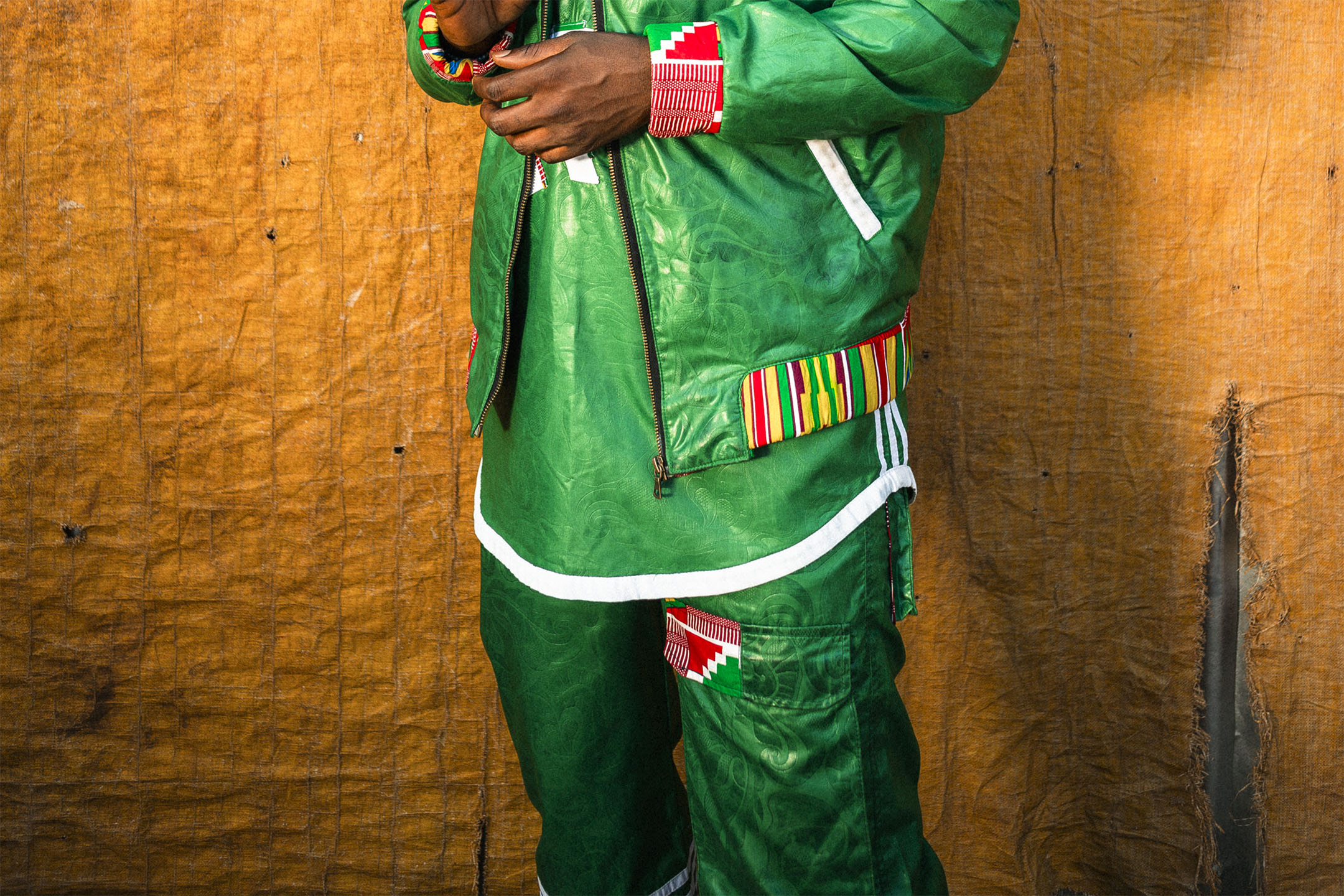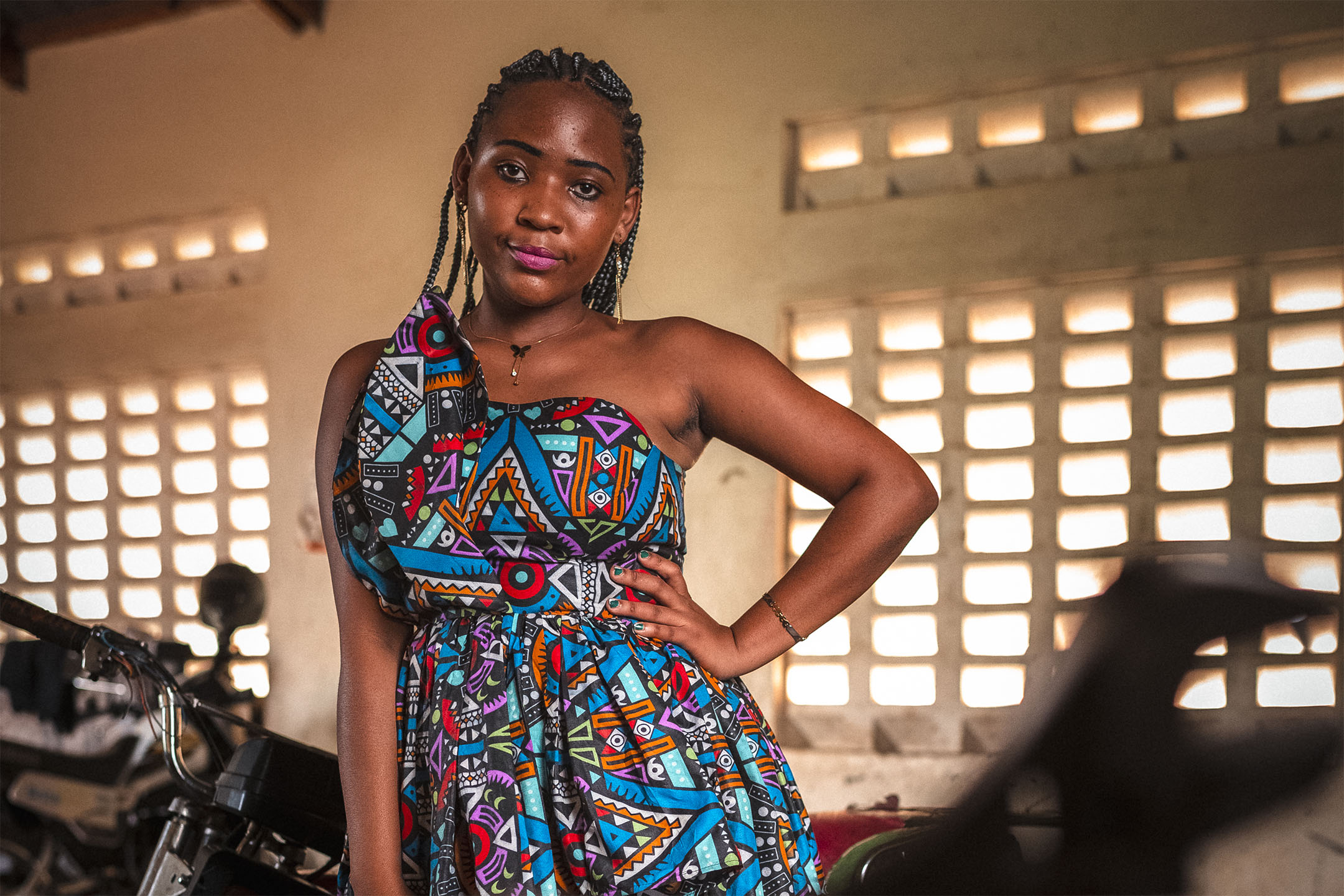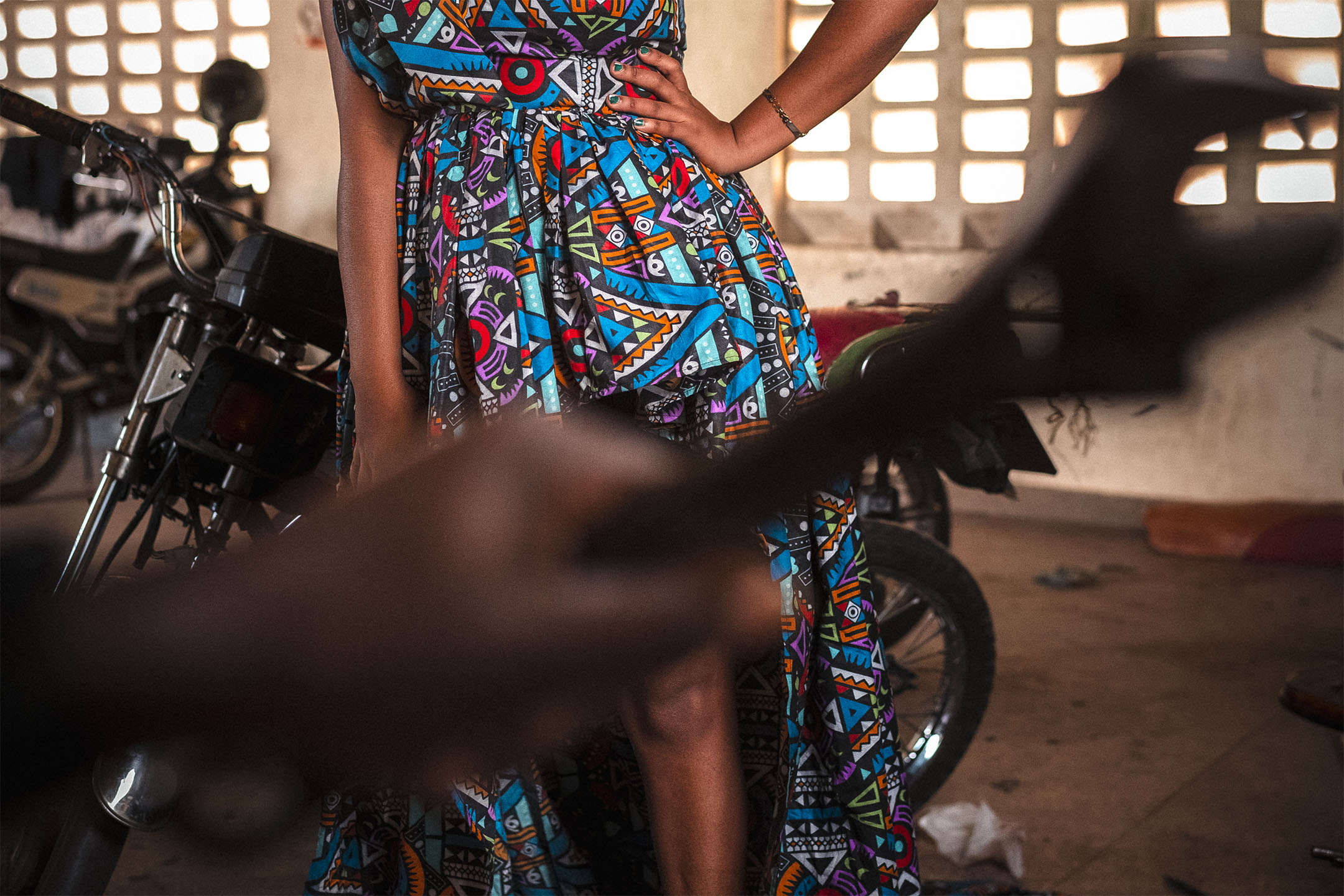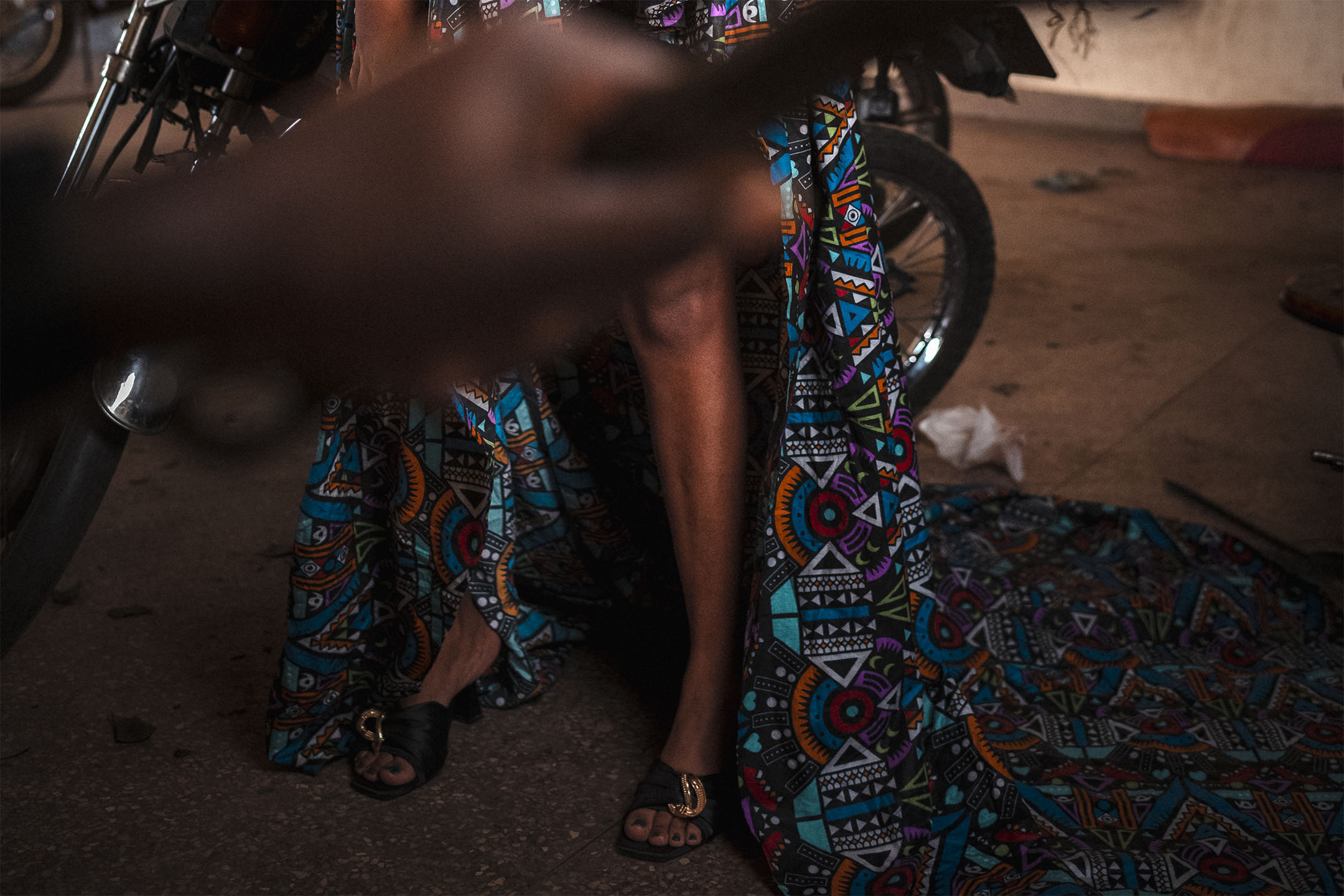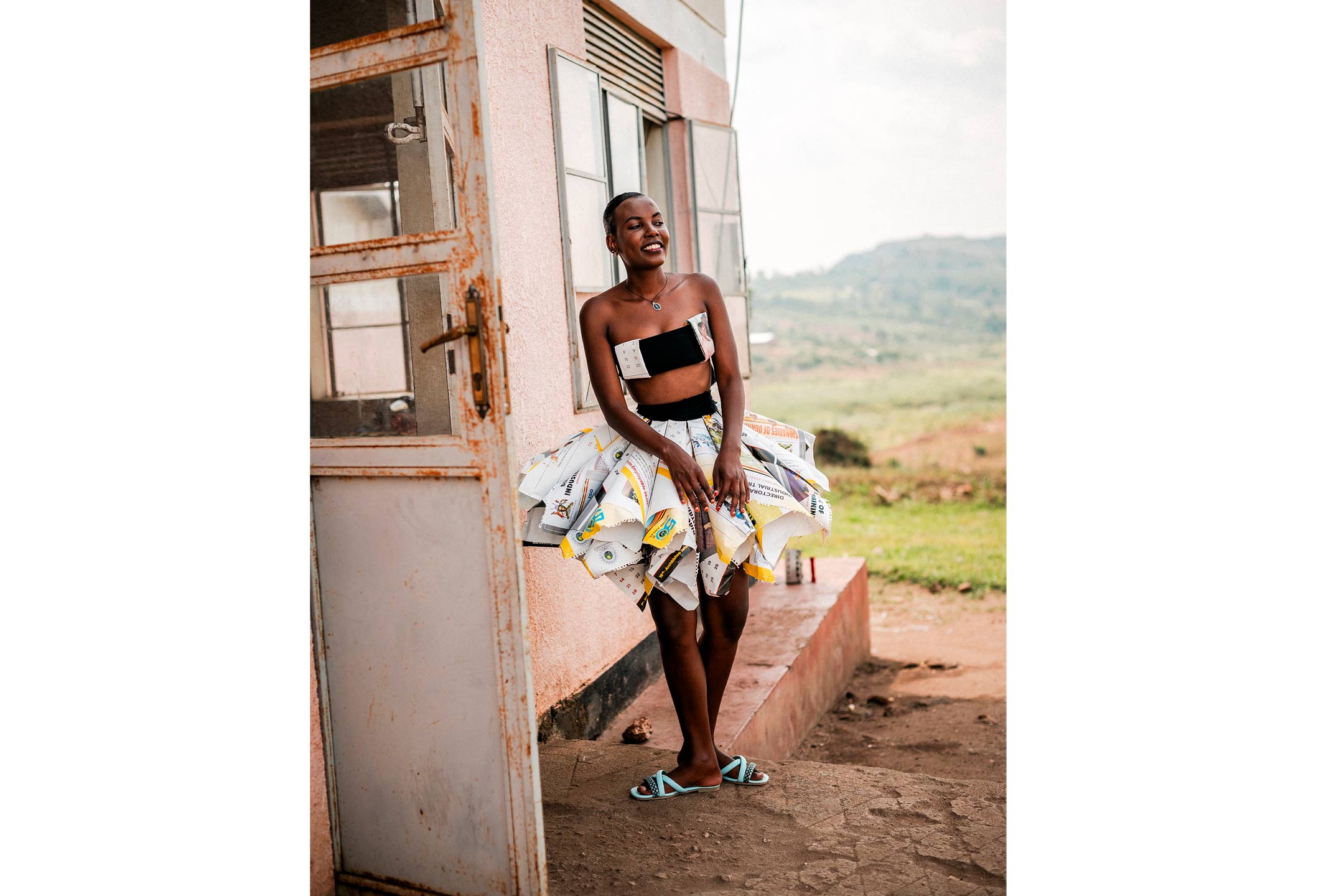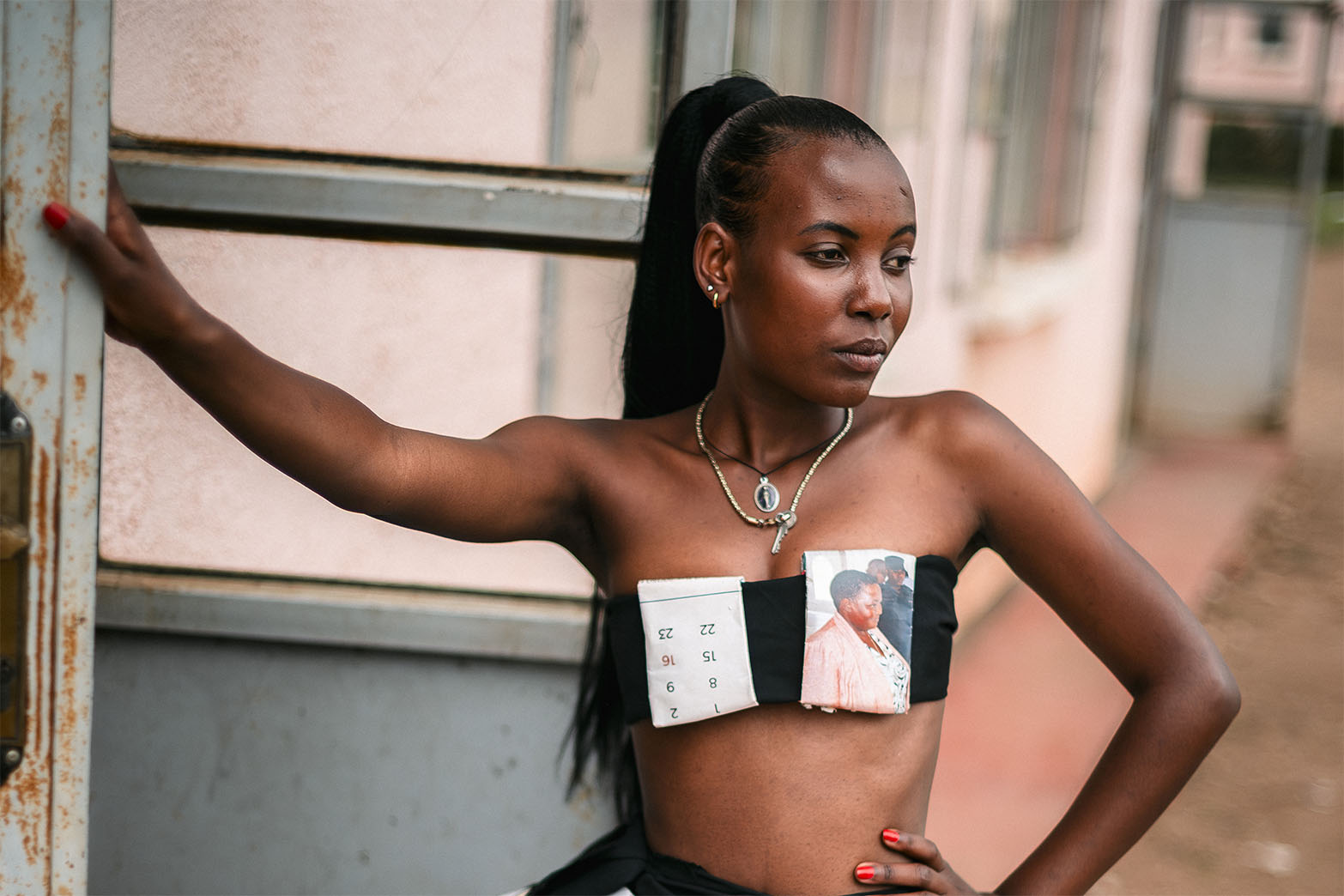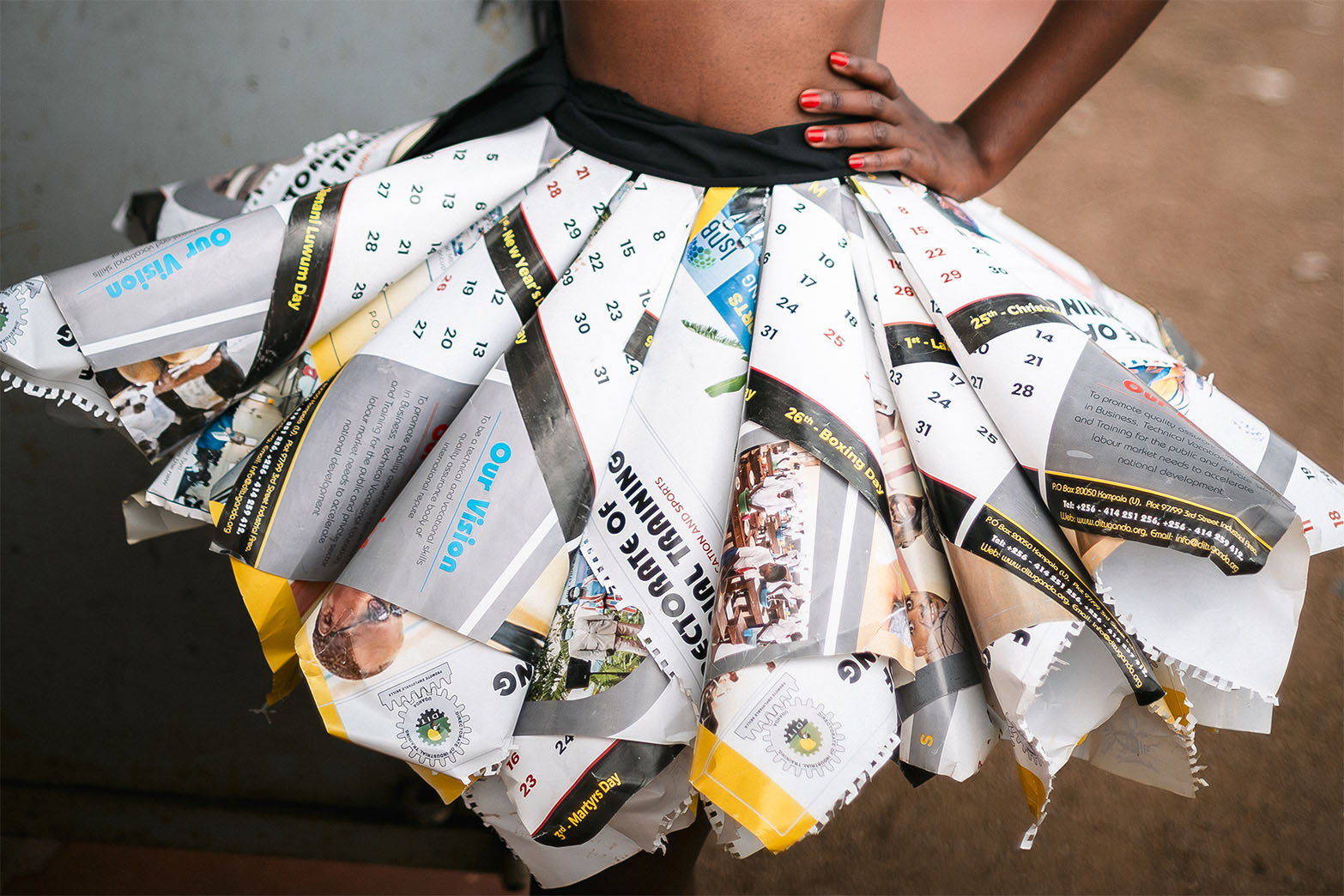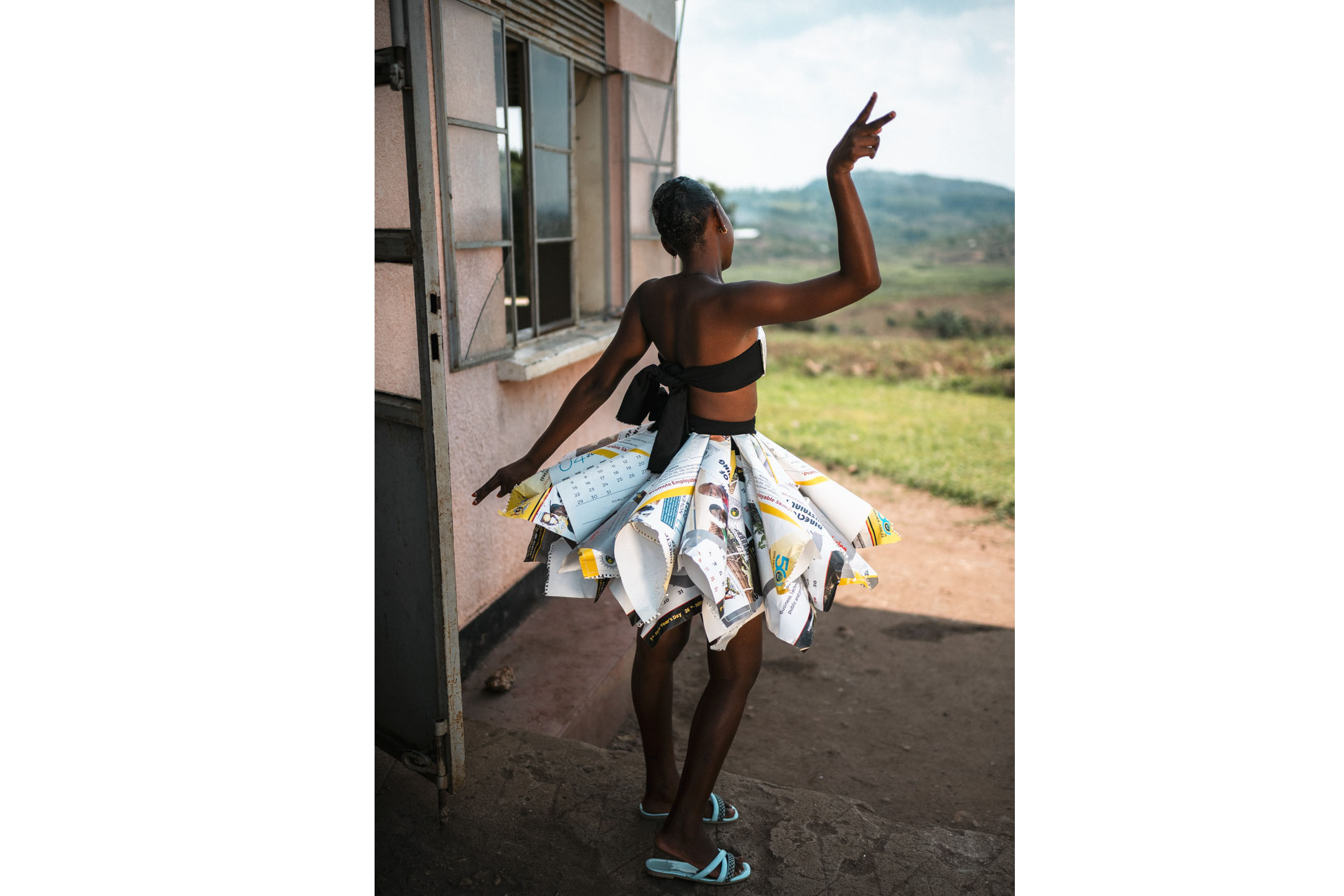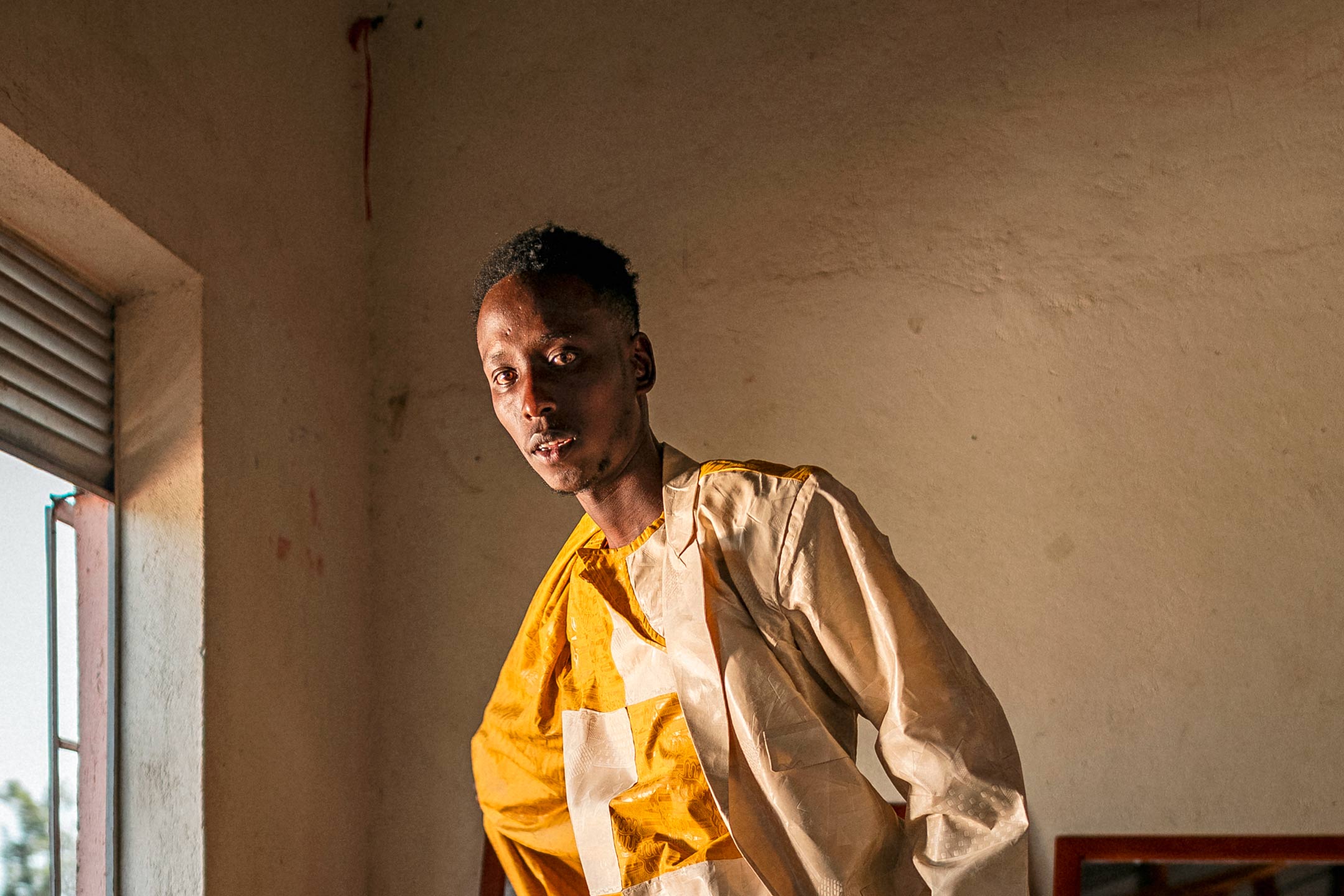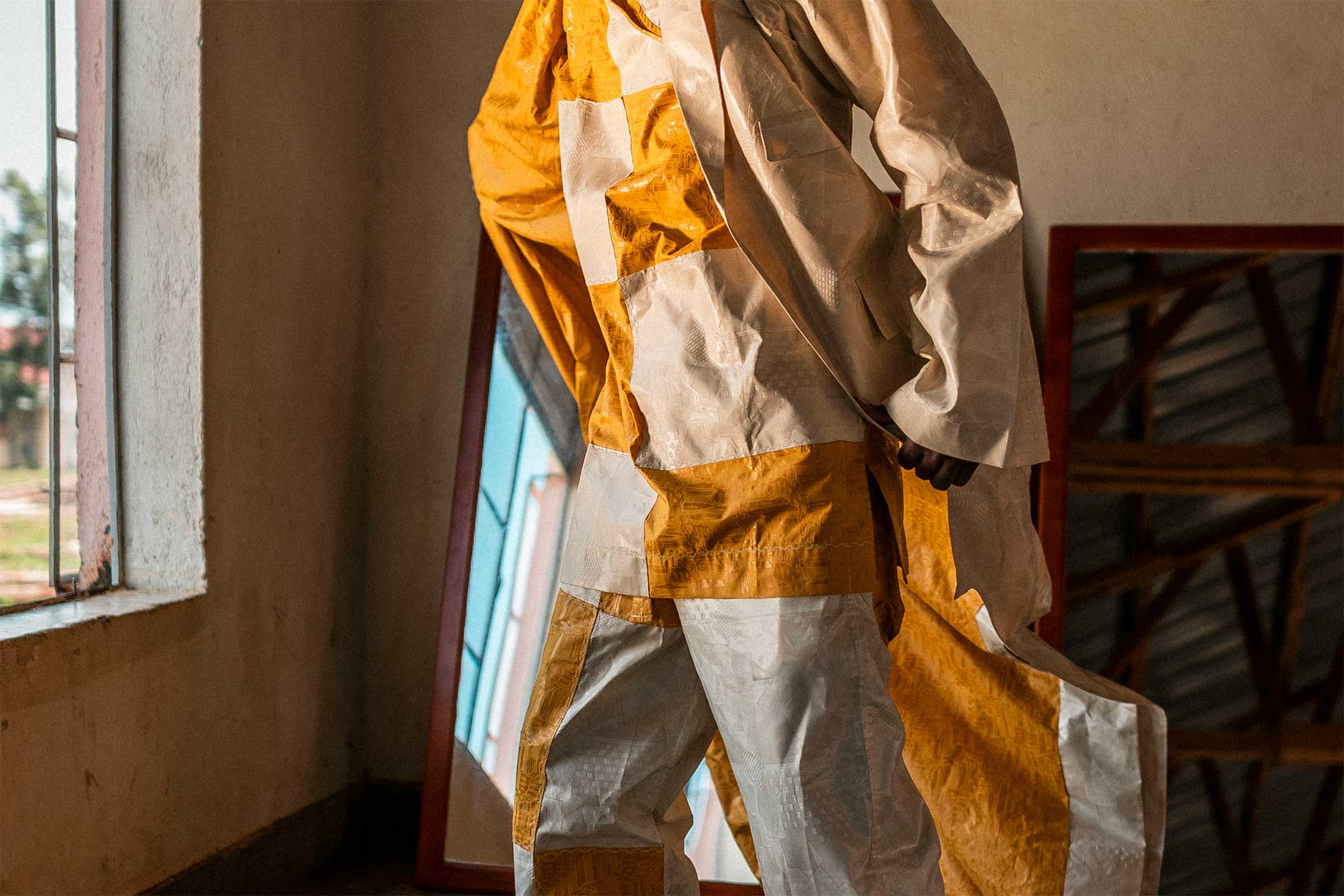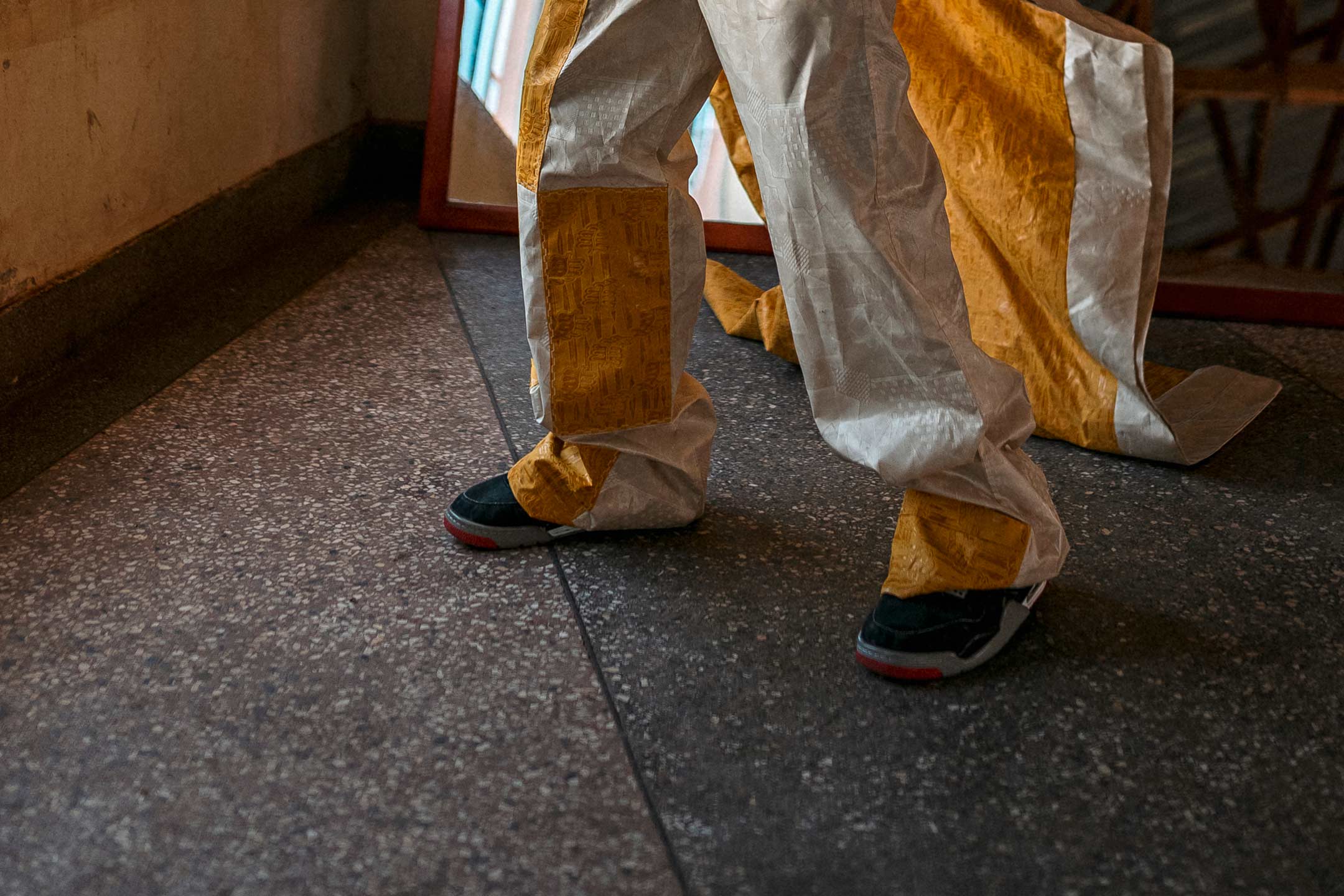SUMMER’S HOTTEST
style
SUMMER’SHOTTESTstyle
Find your summer style in Uganda’s refugee settlements
African fashion is rich and colourful. It is closely tied to the culture of the region, but also regularly seeks influences from other parts of the world. In the refugee settlements of Uganda, every occasion is a reason to dress well, and Congolese people in particular have gained a reputation for being stylish dressers.
Text: Ulriikka Myöhänen • Photos: Antti Yrjönen & Ulriikka Myöhänen • Videos: Ville Nykänen & Ulriikka Myöhänen • Web layout: Elisa Rimaila & Nici Lönnberg
For work or for going out
South Sudanese designer Nyajuma Mapoum is wearing a slim-leg suit made from an East African fabric called kitenge. Posing next to her is Congolese Jesca Akeeza in a party dress with frills and ruffles at the waist. A hat completes the party look.
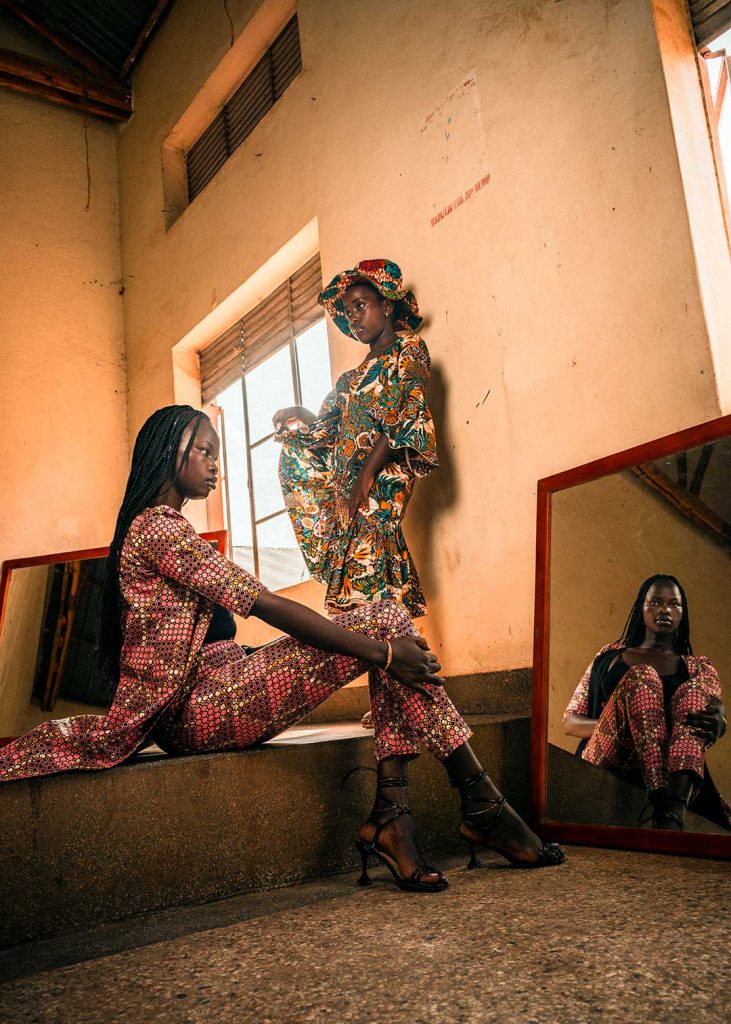
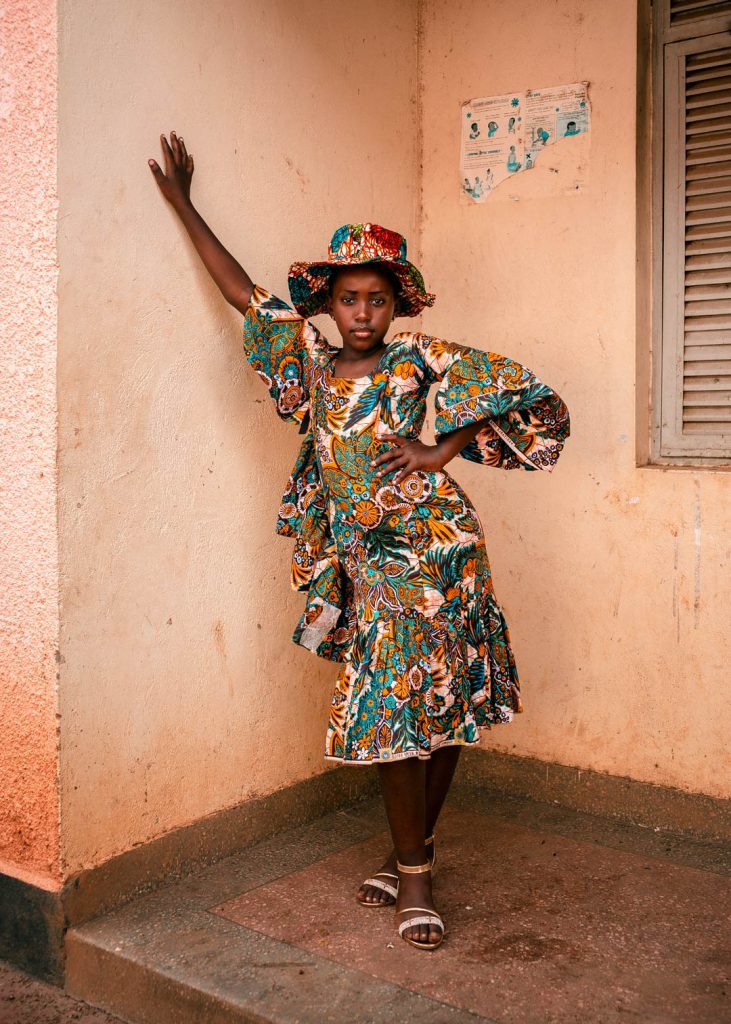
No more bad hair days!
Congolese Alex Fiston designed an outfit with the attitude of a basketball player. The sleeveless shirt calls for a jacket to guard against the rain. A colourful floppy hat completes the ensemble when the hair needs a trim. No more bad hair days!
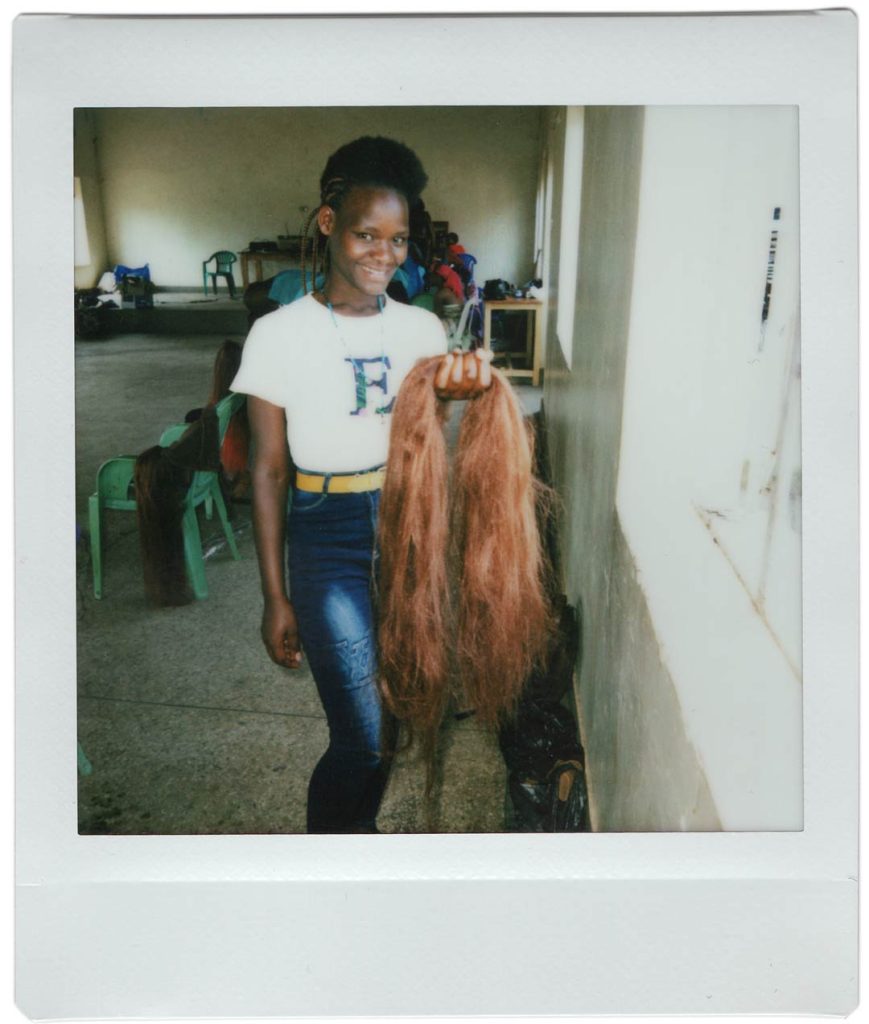
Hair Extensions
Hair extensions are part of the African culture of dressing. Depending on the braid, 1-3 strands are needed. The price of braids with labor is 35,000-45,000 Ugandan shillings (9-12 euros).
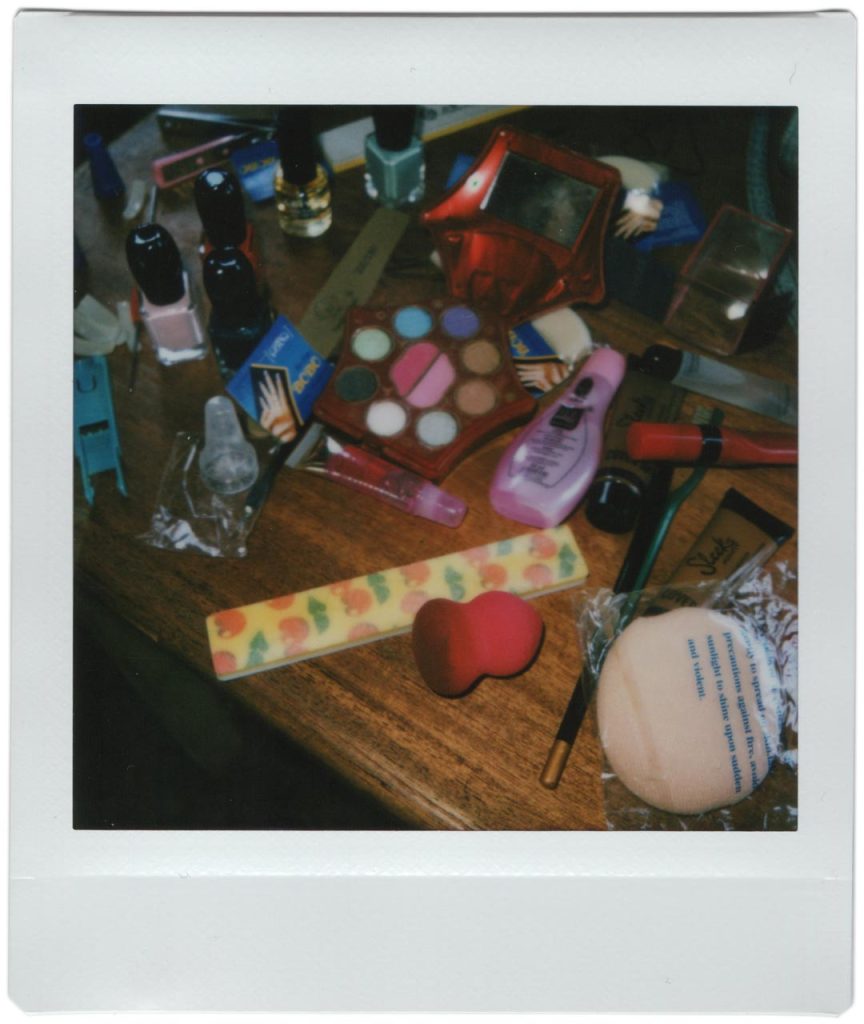
Everyday luxury
A makeup kit is an expensive investment. A foundation, eye makeup, and lip makeup set with all the accessories can cost its owner up to 200,000 Ugandan shillings, or 52 euros.
Requires attitude
Designed by Alex Fiston, this dress features a bold slit and a full train. The style is perfect for parties that last well into the night – and you’re sure to stand out from the crowd!
The hat completes the look
La sape is a Congolese culture that has grown up around men’s fashion. The rules of dress are thrown out the window, as sapeurs dress according to their own style! The look is completed with stylish sunglasses, accessories, and shoes. La sape is paradoxical: followers of the style may live modestly, but they spend considerable sums on expensive designer clothes.
“African design, Congolese style,” sums up designer Muomba Hakizimana. The collection is unique for its shiny, hand-dyed fabric, which can be shaped into shirts, jackets, shorts, and capes. Fun snap fasterners complete the style.
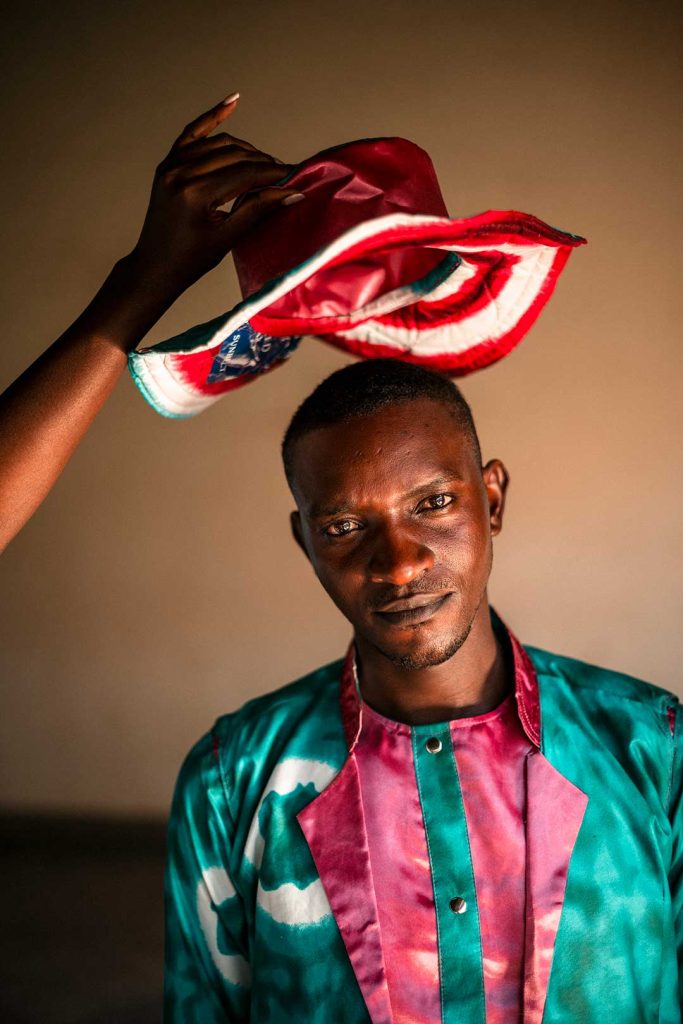
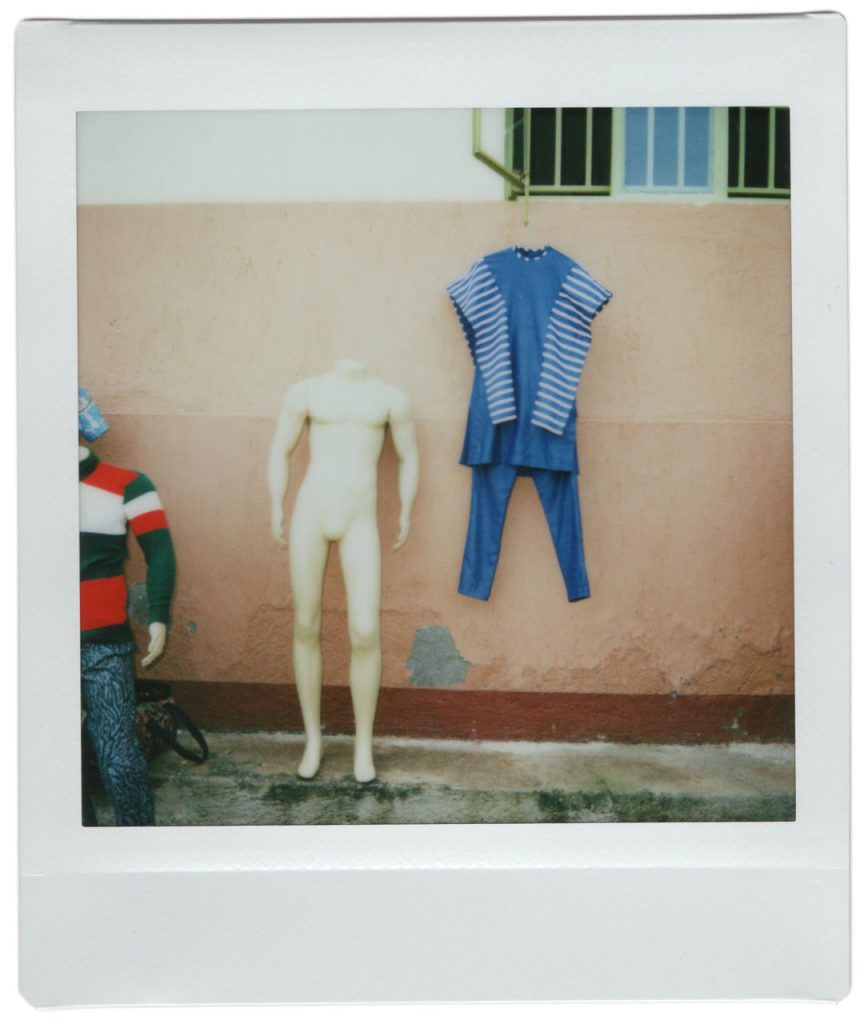
Manly conduct
This Nigerian-style men’s suit features fun striped lapels. It costs 300,000 Uganda shillings, or 78 euros. It was designed by Alex Fiston from the Democratic Republic of Congo.
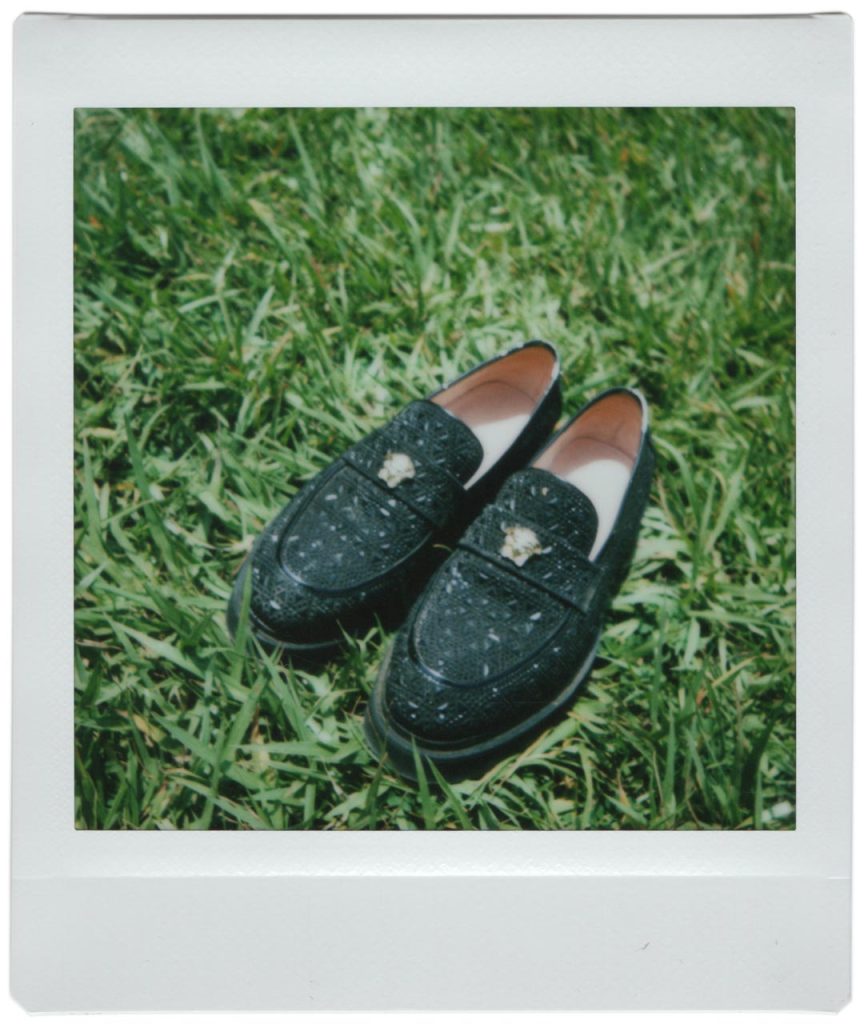
Bling for everything
These shiny men’s shoes are perfect for both formal occasions and trendy everyday wear. Designer Alex Fiston bought the shoes in Kampala for 350,000 Ugandan shillings, or 91 euros.
Like a ballerina
“For me, dressing up means change above all else. When I see something interesting, I think about how I could do it even better.”
Ugandan designer Shallon Nimusiima trains young people at the Kyaka vocational school. “When designing fashion, you have to constantly rethink things, because people change too,” says the designer.
The thrill of freedom
This Alex Fiston designed outfit boasts heritage from three countries: the collar is reminiscent of Ghana, the design of Cameroon and the trousers of Congolese style.
Mistress of Ceremonies
“Traditional gomesi have tapered shoulders and the belt is like a piece of jewellery on the waist.”
Gomesi is the dress worn by the Ganda people of central Uganda. Women wear it for ceremonies between families before marriage. The designer is Shallon Nimusiima, the model is Salama Balumisa.
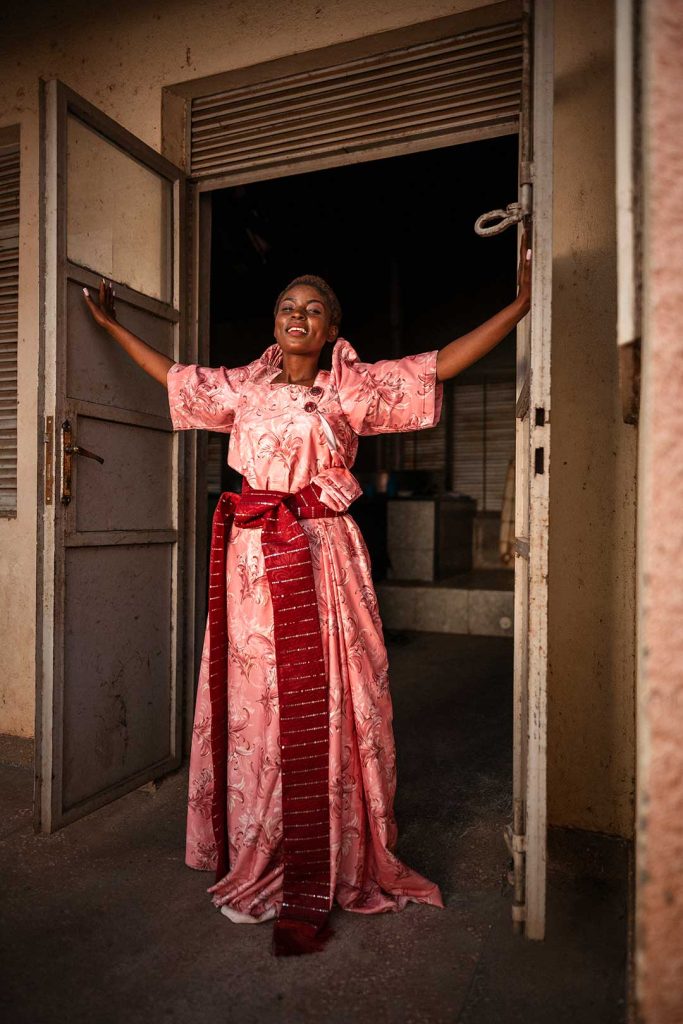
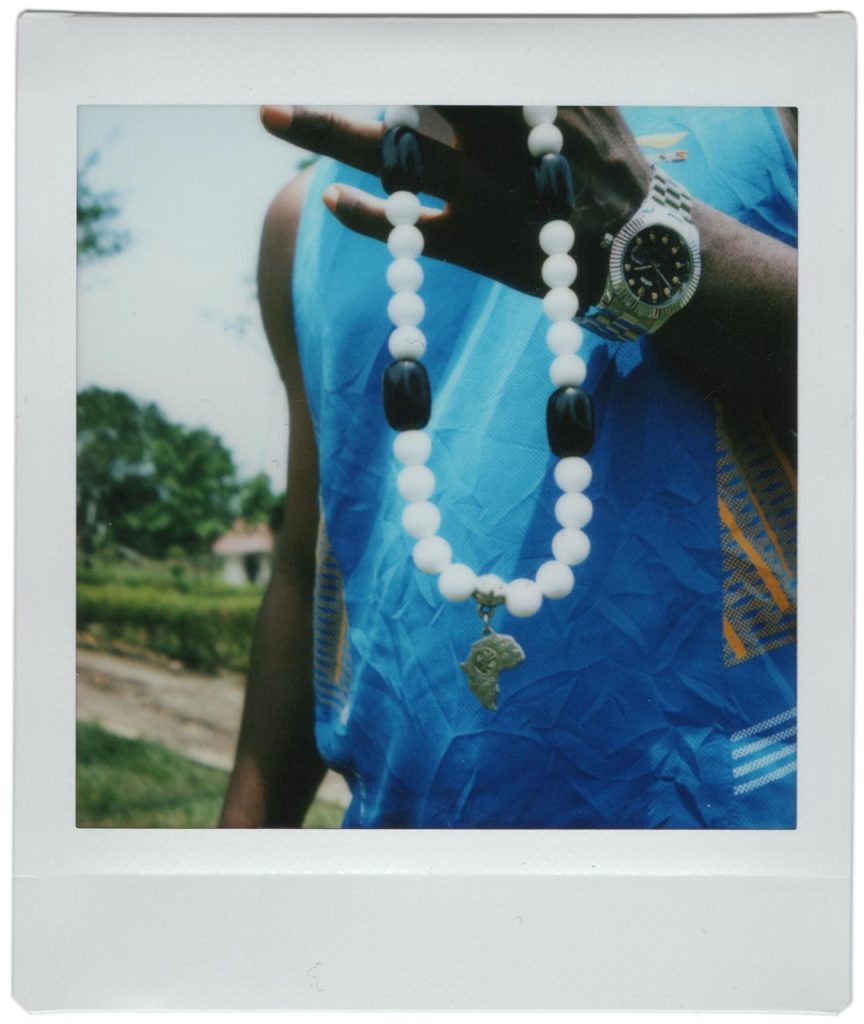
Continent of beauty
The African continent dangles from a necklace made of large plastic beads. The price is 15,000 Uganda shillings or 4 euros. The designer is Alex Fiston from the Democratic Republic of Congo.
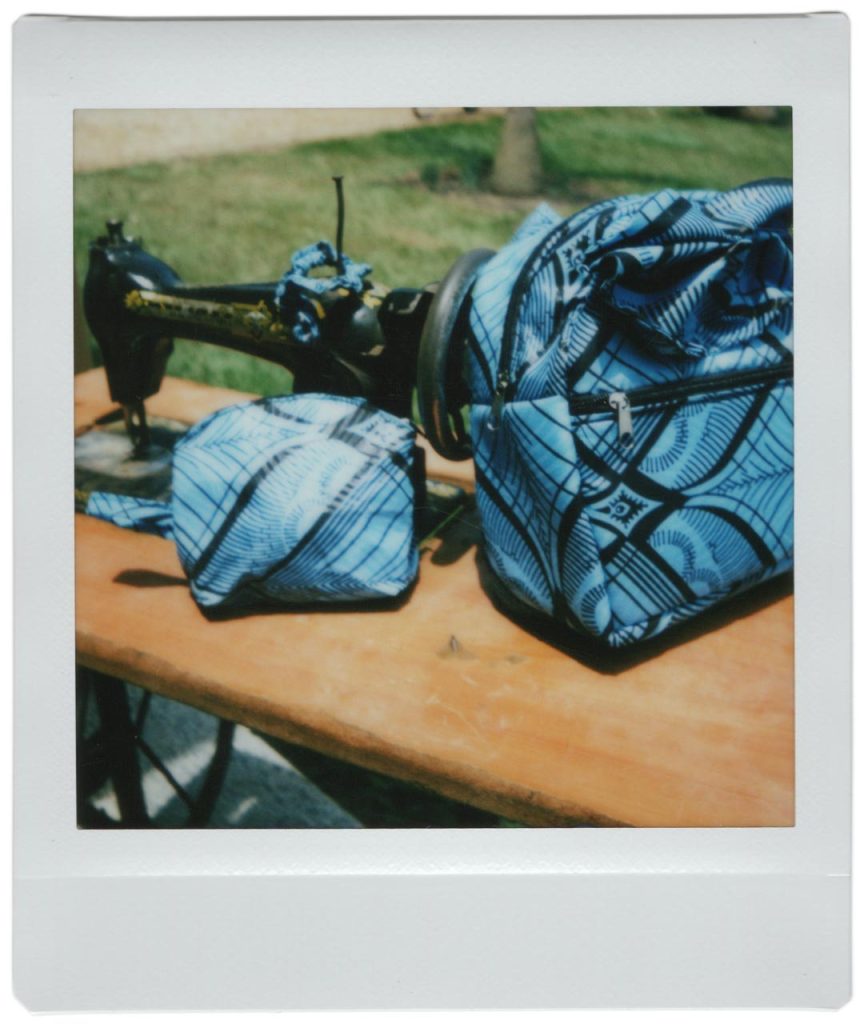
Print repeat
This blue print is used for all the accessories. The backpack costs 25,000 Ugandan shillings (6.5 euros), the bag 10,000 Uganda shilings (2.6 euros) and the hair clip 20,000 Ugandan shillings (5.2 euros). The designer is Nyajuma Mapoum from South Sudan.
Styled from head to toe
An unprecedented fashion show was held in February in the Kyaka refugee camp in western Uganda. Twenty-six models from countries including the Democratic Republic of Congo, South Sudan, and Uganda took to the catwalk. The models presented a total of forty stunning fashion creations, showcasing the work of seven designers.
The designers of the collections received six months of basic tailoring training at Finn Church Aid’s vocational schools in the Kyakan and Rwamwanja refugee camps. Inspiration was drawn in particular from social media and recycled materials.
The styling of the models was done by students from vocational schools specialising in hairdressing and beauty care. Complex hairstyles, nails, and trial makeup were done the day before the show. The finishing touches were added with numerous accessories. Particular attention was paid to men’s shoe fashion, different lengths and colors of necklaces, and the return of bowler hats.
—
Learn more about why technical and vocational training is boosting self-reliance in refugees.
